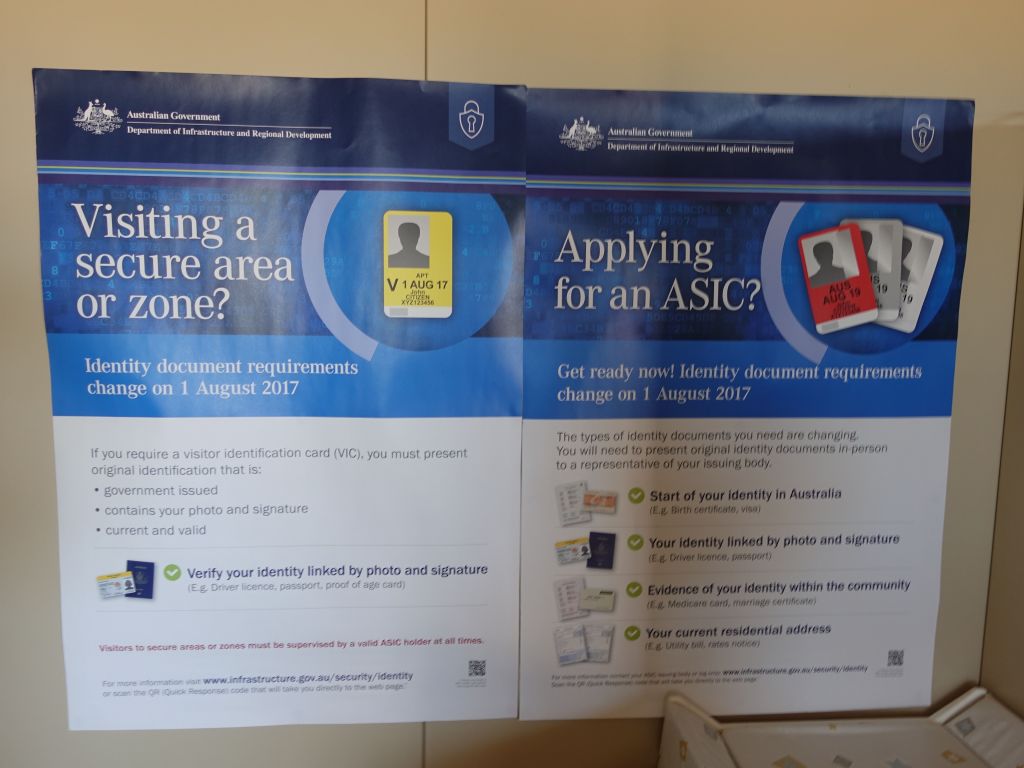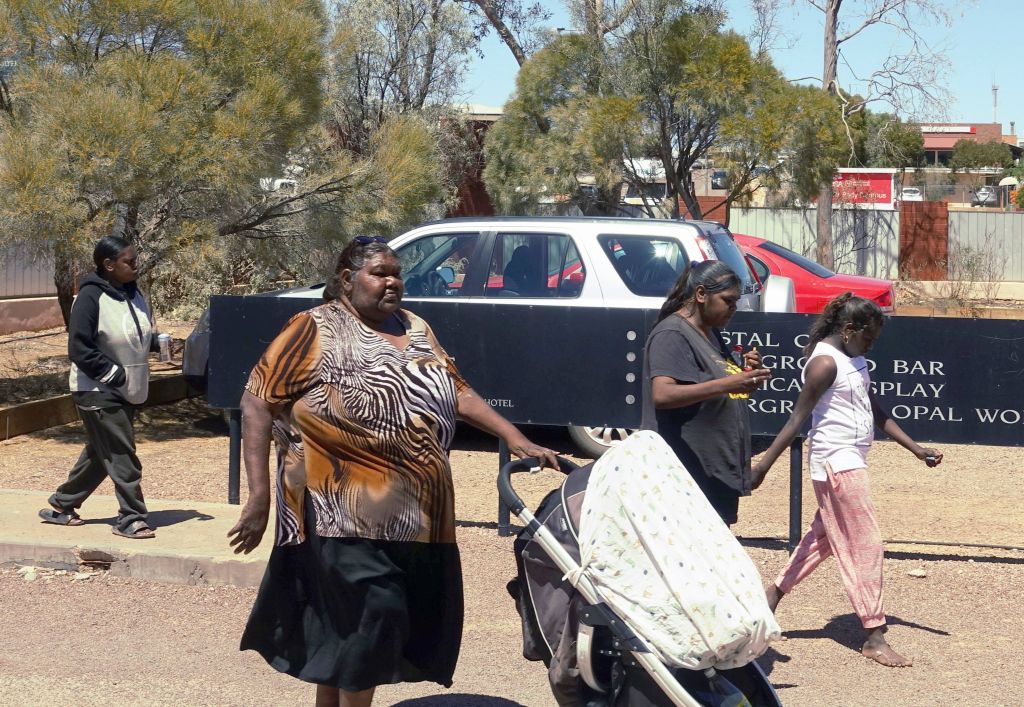| |
π
2017-10-29 00:00
in Australia, Flying, Nflying, Ntrips, Ozsafari2017, Trips
|
Clare McEwan from airsafarisint definitely did a great job setting all this up for us. After 22 days, here are some numbers:
21 days of travelling across Australia
11 days of flying
37 hours of flight over those 11 days
20 landings, some at airports with nothing but fuel, or no fuel and a narrow dirt runway (or grass).
we covered 5200 nautical miles (9640km) in our loop (I'd say more than 4500NM was actually flying, the rest on the ground)
total of 1378l of fuel (365 gallons)
fuel bills amounted to $AUD 3170 (= $USD 2525)
Here is the whole trip:
Flying Red Tape
Flying in another country was interesting. I only got a cliff's notes about airspace rules and differences, but here are my impressions. The amount of red tape necessary for flying in Australia is much worse than in the US. The US feels so nice in comparison:
First, you have to get an ARN (pilot number), which requires the first layer of paperwork
Then, you need to get an ASIC, a special badge that allows you to enter the secure area of many airports. This cars is only valid 2 years, you get fined heavily if you don't return it when it's expired (despite the big expiration date written on it), and because it was a bit too simple, as is, they've now added extra requirements to be able to get the card: ID is not enough, you need proof that you're born or married or somesuch, and some utility bill too, just for good measure.
Pilots get in trouble if they allow a passenger to walk from the plane to the gate without being with them (so you choose between securing the plane down carefully, or taking your passenger for a pressing trip to the toilets)
Many airports have gates with codes like the US, that part is expected, but you cannot drive your car or van or anything to your plane for unloading (you can in most US airports, including many dual use commercial ones)
Strangely this applies even to some (many?) bush airports where they used anti terrorism funds to put fences around the airport, which they really wanted to block wildlife (i.e. kangaroos on the runway), but now have fences with codes and no way to drive your car to the plane. That was true for a town with 12 people, although a few more remote places did have runways that were "unprotected"

Yeah, it was entirely too simple before that
Flying Differences
ATC costs money, so most private pilots do not talk to ATC at all, unless they have to (controlled airspace), and it's free in those cases.
This however means: not the same help to navigate around weather (of course no XM nexrad either). Sadly this means lots of airplanes flying around, often not talking on the same frequency, if at all, and at chance of midairs. I personally had 3 aircraft cross at my same altitude, opposite direction (along the coast and one canyon), with one being much closer than I've ever had anyone cross me. This did not fill me with joy.
There is flight following, but only in the limited controlled airspace area, most of the Australian land mass does not have radar coverage.
On the flipside, most aircrafts are getting ADSB now or by next year, and hopefully that will help somewhat
Also, I surprisingly got cell phone signal in flight maybe 90% of the time, including over completely desolate terrain. This allowed me ot get weather in flight and a poor man's plane locator with ozrunways' self reporting feature over the cell network.
Not all radio calls are the same, "rolling" instead of "taking off" or "orbit" which threw me off and meant "left or right 360".
There is no such thing as "altimeter" (setting), they say/use "Qnh"
When you fly into an airport, you're supposed to announce your arrival time in UTC, which kind of sucks when you're going through states with half hour timezones, and crossing between places that do DST and those who don't.
Airspace Differences
On airspace, it's again different.
No Bravo
Alpha, Charlie and Delta are somewhat Bravo like. I'm not entirely sure what the difference between them, is, but they all require a clearance before you enter and positive ATC routing
Echo seems Charlie-like: you need a transponder and talking to ATC but no clearance.
You need to fly 1500ft over populated areas, not 1000ft
The Australia I hadn't seen in my prior 12 visits
I knew about Alice Springs and Ayers Rock, but never really had gone so far given that it was out of the way. The real outback, even more so, unless you fly like we did.
I found out that the flies in some of those places are pretty unbearable, while others have way too many mosquitoes. I'm so happy California is so much nicer in that respect :)
Seeing small towns in the middle of the outback like Charleville, or Birdville and Big Red, puts things in perspective. Very nice to see without having to drive days on 4WD tracks :)
Flying to a few Australian Islands we hadn't been to, didn't suck either.
In Hamilton Island, however, if I had done my homework better, I'd have accepted that it's not really the great reef like they claim (it's 2H boat away from the nearest ok enough reef). We should have spent more time on the island.
We got to see plenty of wildlife we hadn't seen before, including more macropods that I know how to name (and not just potaroos, bandicoots, and wallaroos)
The trip definitely offered a lot of variety, and I now feel like we can say "we've seen Australia" :) (and by that, even more than most Australian :)
Aboriginals
The situation with Aboriginals is complicated to say the least and I feel like I only learned just a bit more about them, especially by going inland. I might have gotten some of this wrong, but here is what I think I learned:
first, I knew there were over 100 tribes, but they're not just tribes, they do stress that they are different people with different customs. As a result you can't say "the aboriginals are X, or do Y". They do speak around 100 different languages, and have different customs
what the Australian settlers did to the Aboriginals sucks beyond words, that's all I can say in a few words. Now, they're trying to make things good, but it's hard, and apparently there are plenty of places where they're still not treating them as normal citizens with the same rights.
from what I've seen at least in Coober Pedy and Alice Springs, there is a clear problem where some Aboriginals tribes are not interested in integrating (which can be understandable), but as a result don't fit at all and look kind of homeless. They literally hang out in parks all day under trees or whatever, some beg for money, and they don't look interested in working or earning money. Obviously what used to be their home was taken from them and it's now awkward for them to live in places where they used to live for thousands of years.
they could of course live without money but at the same time they want to enjoy some of the things from the western world, be it a bike, or a phone, and I'm not too sure how it works out. I'm told some do turn to stealing, hopefully only a small percentage.
western hygiene is not in their culture (again understandable), some of the ones I saw from close, really smelled bad. Again, ok within their tribe, but of course a bit difficult when you mix 2 peoples and cultures.
there is otherwise generally an issue of some Aboriginal tribes not wanting to integrate with the culture they of course don't identify with, but is somewhat inevitable if they're going to live in what are now cities (even if not by choice)
some I saw didn't give a good image, probably because some tribes have a drinking problem (not sure if it was willfully introduced, but there are laws now designed to prevent them from drinking). I saw men yell out loudly and constantly at their woman, and the same thing the other way, some dropping their pants in the middle of the street (not too sure what happened there), it was kind of weird. Wikipedia mentions In the Northern Territory (which has the greatest proportion of Aboriginal Australians), per capita alcohol consumption for adults is 1.5 times the national average. Nearly half of Aboriginal adults in the Northern Territory reported alcohol usage. In addition to the inherent risks associated with alcohol use, its consumption also tends to increase domestic violence. Aboriginal people account for 60% of the facial fracture victims in the Northern Territory, though they only constitute approximately 30% of its population. Due to the complex nature of the alcohol and domestic violence issue in the Northern Territory, proposed solutions are contentious
and on the other side, you have plenty of Aboriginals who are perfectly integrated, so it goes the entire spectrum. Sadly I'm guessing many are part of the stolen generation (children taking away from their parents and brought up the western way as orphans :( )

For more, you can read wikipedia: https://en.wikipedia.org/wiki/Aboriginal_Australians
So that was that, very interesting trip, but depressing to have learned more about the situation with aboriginals |
|